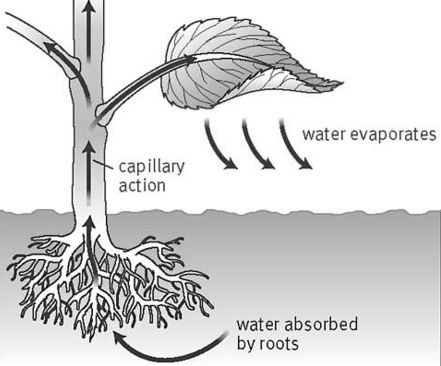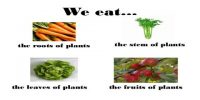Transpiration is a physiological process. In this processing plant loose water in the form of water vapour through their aerial parts mainly through the leaves. So it may be defined as “Loss of water in the form of water vapour from leaves and other aerial parts of a plant is called “transpiration.” The plant absorbs water by their roots. This water conducted to all aerial parts like stem branches and leaves. So the water vapour that comes out from the plant is of water.

Types of Transpiration: Internal water of plants usually come out in three ways. Depending on these ways transpiration is of three types:
- Stomatal transpiration: There are pores with two guard cells in leaves, young stems, in calyx and corolla of the flower. These pores are called stomata (sing: stoma). The number of stomata is found more in leaves than other parts. For this reason in Bengali stomata are called pores of the leaf. About 90% to 95 % of transpiration of plant takes place through stomata. Transpiration that takes place through stomata is called stomatal transpiration.
- Cuticular Transpiration: There are Cutine coatings on young stems and leaves. This cutine coating is called Cuticle. Usually, vapour does not come out through cuticle. But if the cuticle is thin and if the stomata are closed then a small part of transpiration takes place through the cuticle. As transpiration take place through the cuticle, it is called Cuticular transpiration.
- Lenticular Transpiration: Due to secondary growth in the stem, there develops small pore by rupturing the epidermal layer at places. These pores are called Lenticels. Some portion of transpiration takes place through these lenticels. As transpiration takes place through lenticels, it is called Lenticular transpiration.












